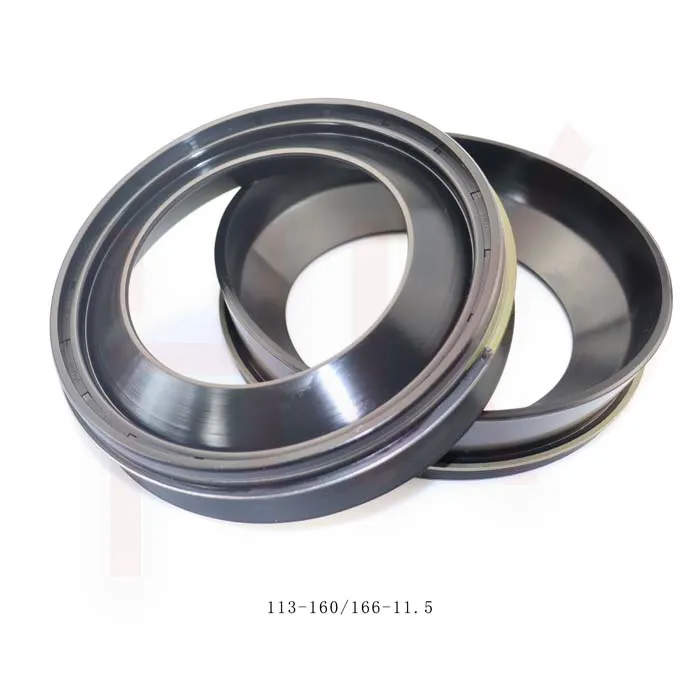Nov . 05, 2024 11:04 Back to list
hydraulic pump oil seal
Understanding Hydraulic Pump Oil Seals
Hydraulic systems are essential in various industrial applications, utilizing hydraulic pump oil seals to maintain efficiency and prevent leaks. These seals play a crucial role by ensuring that hydraulic fluids remain contained within the system, thereby protecting the integrity and performance of the hydraulic pump.
What Are Hydraulic Pump Oil Seals?
Hydraulic pump oil seals are designed to prevent fluid leaks and contamination in hydraulic systems. Typically made from flexible materials like rubber or polymer compounds, these seals form a tight barrier between moving parts, allowing only the necessary fluid dynamics while keeping unwanted debris and contaminants at bay. Their design is critical, as they must withstand high pressures and temperatures while providing reliable sealing capabilities over extended periods.
Types of Hydraulic Pump Oil Seals
There are various types of hydraulic oil seals, including lip seals, O-rings, and hydraulic piston seals. Each type has its unique features suited for specific applications
1. Lip Seals These are commonly used due to their effective sealing capabilities. The lip, or edge, of the seal presses against a surface, creating a secure barrier that minimizes leakage.
hydraulic pump oil seal

2. O-Rings Known for their versatility and cost-effectiveness, O-rings are circular rings that fit into grooves, providing a seal against pressure. They are widely used in various hydraulic applications and can be found in multiple sizes and material compositions.
3. Piston Seals These seals are designed to prevent fluid from leaking in and out of the piston chamber. They are engineered to withstand the compressive forces generated during operation, ensuring optimal performance of hydraulic systems.
Importance of Maintenance and Replacement
Over time, hydraulic pump oil seals can wear out due to exposure to extreme conditions, such as high temperatures, pressure fluctuations, and chemical interactions with hydraulic fluids. Regular inspection and maintenance of these seals are vital to ensure the smooth operation of hydraulic systems. Signs of wear might include fluid leaks, decreased pressure, or erratic operation of hydraulic machinery.
Prompt replacement of worn seals is essential, as neglecting these components can lead to more significant mechanical failures, increased downtime, and costly repairs. Choosing the right seal, appropriate for the specific hydraulic environment and conditions, is crucial for achieving long-lasting performance.
Conclusion
In summary, hydraulic pump oil seals are integral components that enhance the efficiency and reliability of hydraulic systems. By understanding their types, functions, and importance in maintenance, operators can ensure that their hydraulic systems run smoothly and minimize the risk of costly leaks and failures. Investing time in seal care not only prolongs the life of the hydraulic system but also contributes to safer and more efficient industrial operations.
-
Reliable Oil Seal Wheel Hub Solutions for Industrial & Automotive Use
NewsNov.17,2025
-
Durable Front Hub Oil Solutions for Industry – HKAiSeal
NewsNov.17,2025
-
Wholesale Hydraulic Pump Motor Seal Kit A4VSO250 | In Stock
NewsNov.17,2025
-
Pump Seal Kits: Essential Components for Industrial Reliability
NewsNov.17,2025
-
TCV Oil Seal - Double-Lip, Spring-Loaded, High Temp & Wear
NewsNov.17,2025
-
Hydraulic Seal Kits: Reliable Solutions for Industrial Equipment
NewsNov.17,2025
-
Combined oil seal 659214 12001903B, fits 119990, NBR OEM
NewsNov.17,2025
Products categories
















